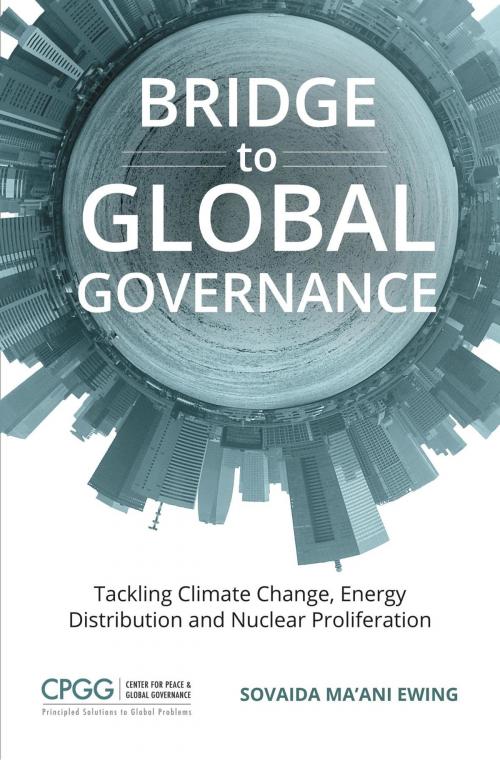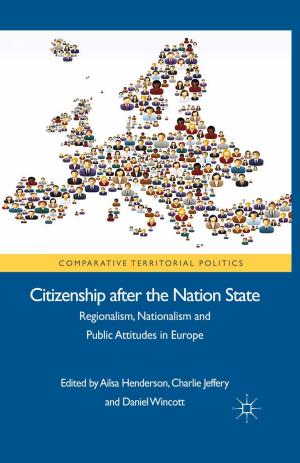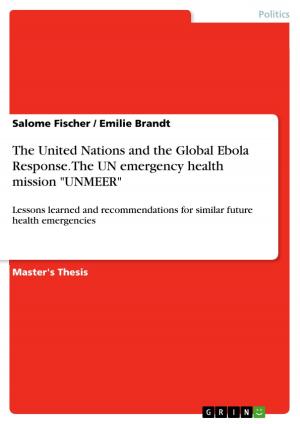Bridge to Global Governance
Tackling Climate Change, Energy Distribution, and Nuclear Proliferation
Nonfiction, Social & Cultural Studies, Political Science, Government, Public Policy, International| Author: | Sovaida Ma'ani Ewing | ISBN: | 9780990943792 |
| Publisher: | Center for Peace and Global Governance | Publication: | June 1, 2018 |
| Imprint: | Center for Peace and Global Governance | Language: | English |
| Author: | Sovaida Ma'ani Ewing |
| ISBN: | 9780990943792 |
| Publisher: | Center for Peace and Global Governance |
| Publication: | June 1, 2018 |
| Imprint: | Center for Peace and Global Governance |
| Language: | English |
Humanity stands at a critical crossroads. While our unprecedented interconnectedness and interdependence have made the world a single organism, we lack the system of global governance necessary to effectively address the urgent challenges of the 21st Century. The confluence of climate change, rapidly increasing worldwide demand for energy, and growing threats of nuclear terrorism and war make it critical for the world to develop effective new ways to collaborate in solving our collective problems. This book offers hope that we can bridge the current global governance chasm by showing a way forward. It proposes a first step that is simple yet elegant and practicable and inspired by the highly successful institutional model used to help rebuild and restore Europe in the aftermath of the Second World War. Adapting this model to address our current challenges of climate change, energy needs, and nuclear proliferation will not only solve these collective problems, but also start to create broader global governance institutions to solve the myriad other collective problems that our interconnected and interdependent world faces with ever-increasing frequency and urgency.
Humanity stands at a critical crossroads. While our unprecedented interconnectedness and interdependence have made the world a single organism, we lack the system of global governance necessary to effectively address the urgent challenges of the 21st Century. The confluence of climate change, rapidly increasing worldwide demand for energy, and growing threats of nuclear terrorism and war make it critical for the world to develop effective new ways to collaborate in solving our collective problems. This book offers hope that we can bridge the current global governance chasm by showing a way forward. It proposes a first step that is simple yet elegant and practicable and inspired by the highly successful institutional model used to help rebuild and restore Europe in the aftermath of the Second World War. Adapting this model to address our current challenges of climate change, energy needs, and nuclear proliferation will not only solve these collective problems, but also start to create broader global governance institutions to solve the myriad other collective problems that our interconnected and interdependent world faces with ever-increasing frequency and urgency.















